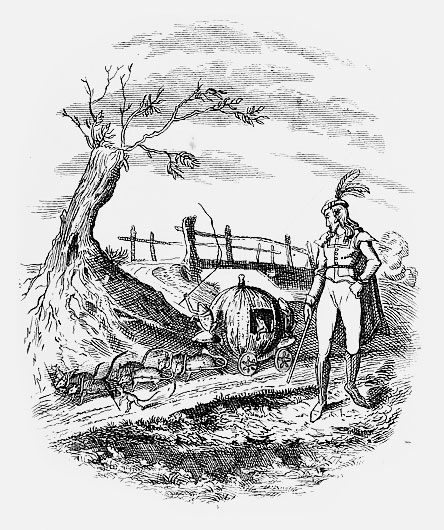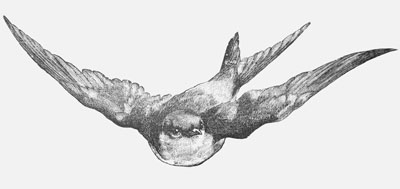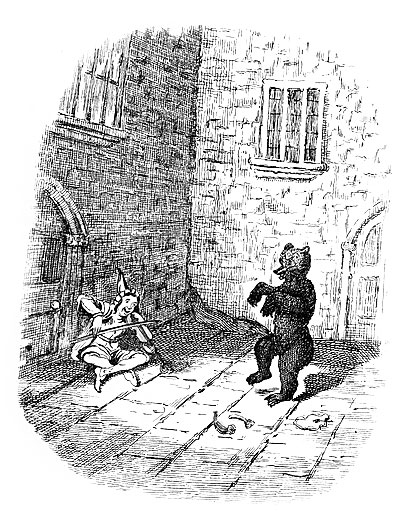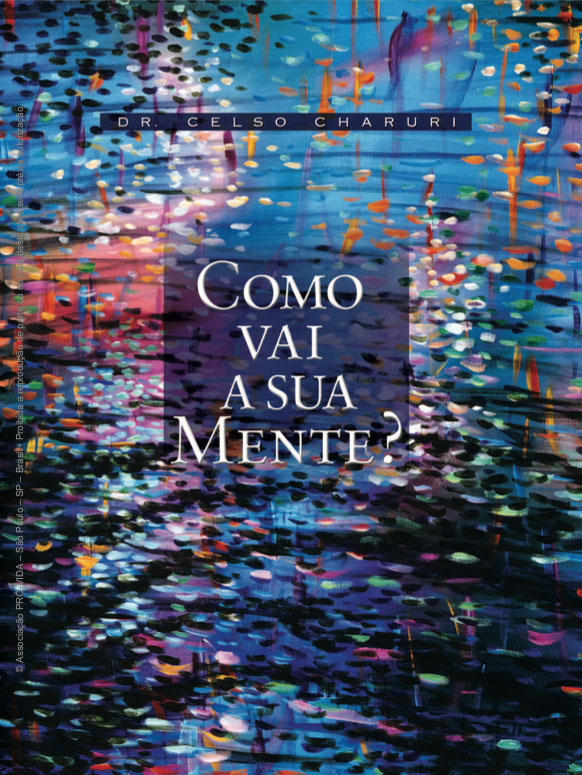The Lion, The Princess, and the Sailor
The Lion, The Princess, and the Sailor


There is a world full of fantastic, marvelous, imaginative stories… It is the world of fables, fairy tales and marvelous tales. A world with no boundaries for creation and, especially, for interpretation.
Fables are in the West and in the East; they are found among the Chinese, Indians, Egyptians, Africans, Australian Aborigines, Americans, Latins, and Europeans. Ultimately, they are present on all continents.
Similar themes, motifs and images are found in fables related to very distant and different cultures. Timeless and non-geographic fables, whose time and origin are unknown, seem to have been created as the first mythical explanations of the world and man’s existence on this planet.
It is believed that fables have been told since the 18th century B.C. in Sumer. Nevertheless, it seems that India shelters the origin of each human history and myth. And there, in that cradle, the origin of the fable may also be found.
Narratives, initially oral and simple, were recreated on paper in a more refined tone, which go from Aesop to Walt Disney, passing by La Fontaine, the Grimm Brothers, among the most important that memory can at first associate.
But after all what are fables, fairy tales and marvelous tales?
As a start, it might be said that the fable can be understood as a different way of observing reality, in a moral, philosophical direction, through the exchange of experiences and practical teaching. It educates and amuses. Its role is that of tradition, primitive narrative, wisdom. The fable is light.
Fairy and marvelous tales tell stories of action that create interest through the challenges presented and by the way they are overcome. They bring a happy ending that satisfies man in his search for happiness.

Both teach lessons of challenges and courage, of preservation of moral integrity whose characters – be they human or animal beings – are heroes full of values, who are very distant from the common man.
A person lost in the forest or a knight who confronts beasts and spells are still models of all human tales, in which a moral character is developed while moving through an inhuman nature or society.
Stories are full of symbolism, be it in fables or tales. And symbols are present, since the beginning, in all human activities. They are as old as man and vary from culture to culture and, at the same time, they can address universal themes. Perhaps this leads them to contain within them all the influences of the unconscious and the conscious.
The symbol, which is also defined as a representation of reality and not as the reproduction of this reality – like, for example, the white dove which is the symbol of peace, but doesn’t signify peace and doesn’t even reproduce peace – it’s in literature, in a term, in a name or even in a common image of daily life, but with special connotations that go beyond its obvious and conventional meaning.

ln literary works, it can have a wider unconscious aspect that is never precisely explicit or completely explained. There are things that, apparently, seem to be beyond human comprehension, and the indefinable or incomprehensible can be integrally in the symbol. It doesn’t eliminate or withdraw part of a reality; on the contrary, it adds a dimension to it. Any unit of any literary structure that can be isolated for critical analysis can be a symbol, so that a word, a sentence or an image used with some type of special reference, can be a symbol.

There is nothing new in saying that a literary work contains a multiplicity of meanings whose understanding can be subsidized by various areas of knowledge, such as Psychology, Anthropology, Sociology, or by the resources of the language itself, like ambiguity, metaphor and so many other figures of language, of thought, which carry out this function.
ln the reading of a text, the attention can stick both to the things that the words individually mean as well as to the wider meaning it is possible to apply to them. Linking an external meaning to a word means adding something to it: the thing represented or symbolized by it. All this takes place in an almost imperceptible process. ln a text, if the word ‘dog’ refers immediately to the image of the mentioned animal, at the same time it is not separated from the context into which it is inserted.

Since they intend to transmit something, and since it is possible to apprehend only the literal meaning or abstract a wider meaning, fables, fairy tales and marvelous tales carry within a symbolism that can be decoded from the literal meaning of the words that compose them to a wider meaning, which is grasped and interpreted according to each one’s comprehension of the world, according to each one’s degree of consciousness.
This way, they can transform someone’s point of view; they can form a consciousness about values; they can translate knowledge: horizontal knowledge, that goes from local to universal, and vertical knowledge, that goes from the relative plane to the absolute; and may, who knows, even lead to the single substance of the whole, after all, men, animals, plants, things, everything is from the same origin.
We are all amongst lions, princesses and sailors.
Collaboration: Elizete Mastro Bueno Zanotti









